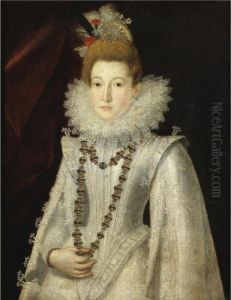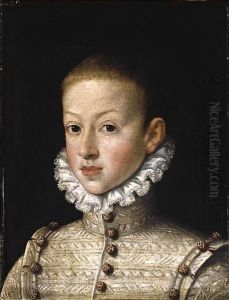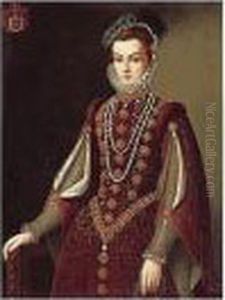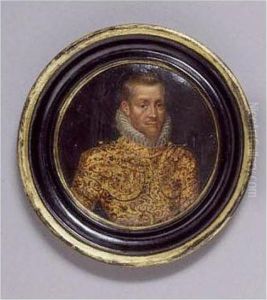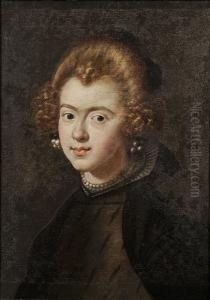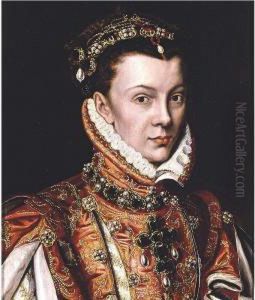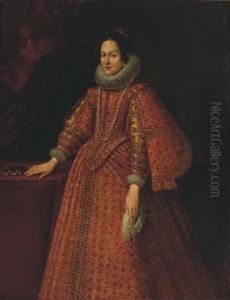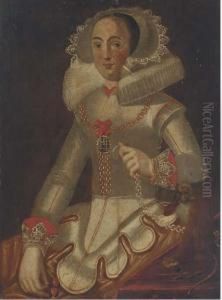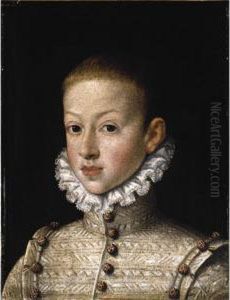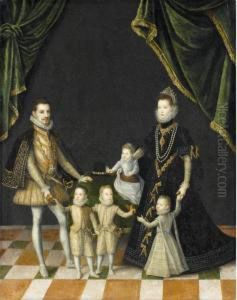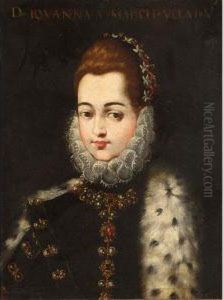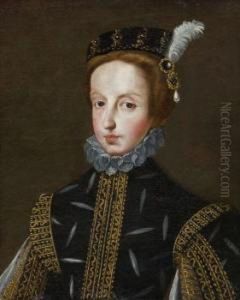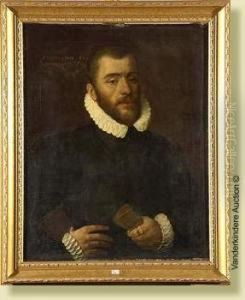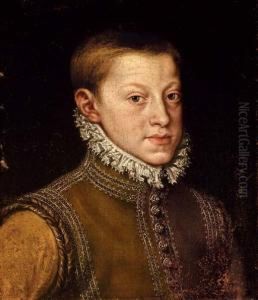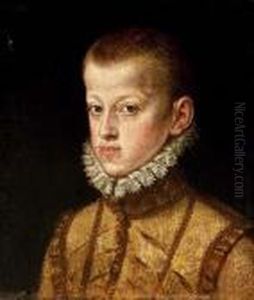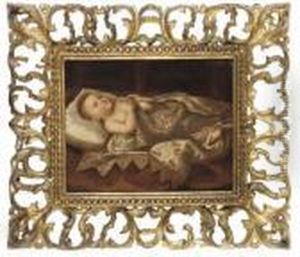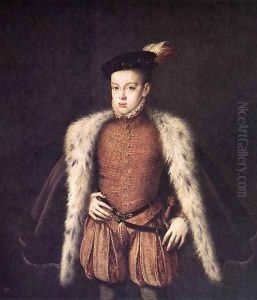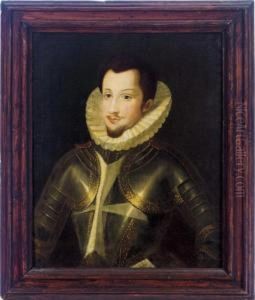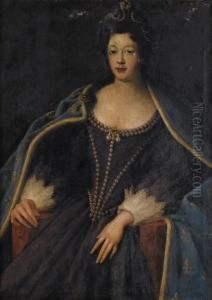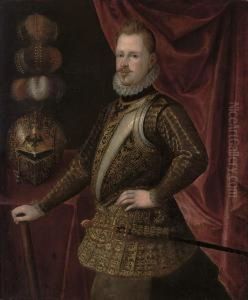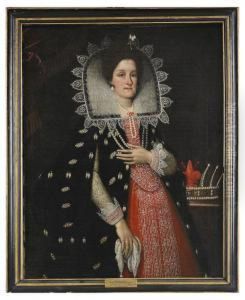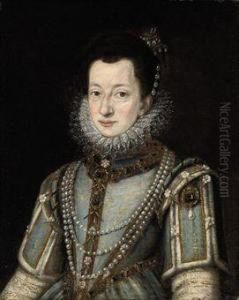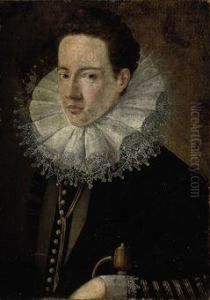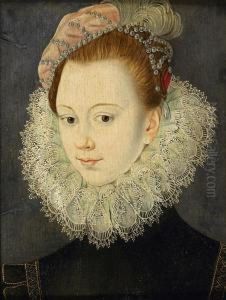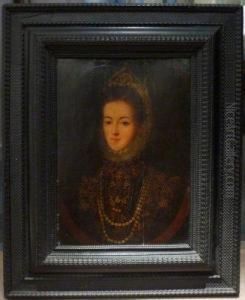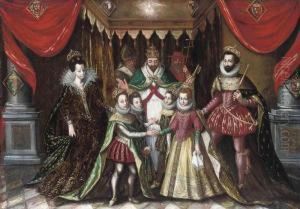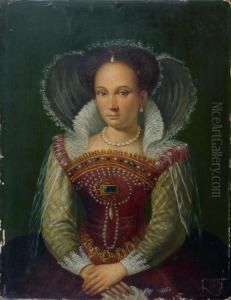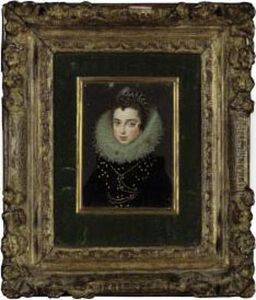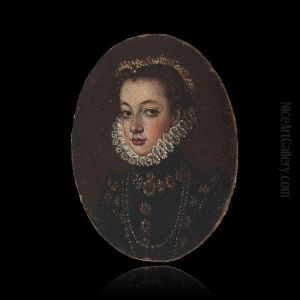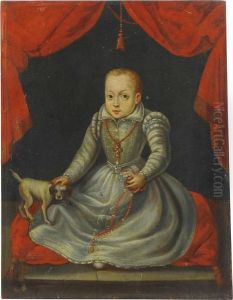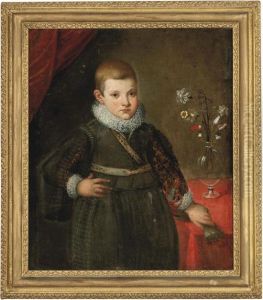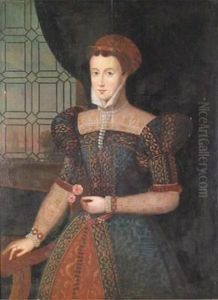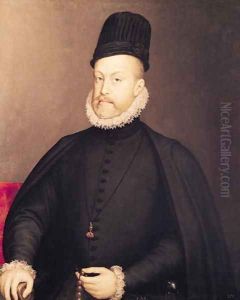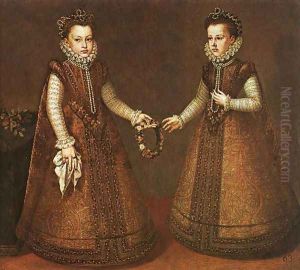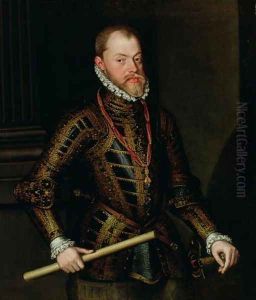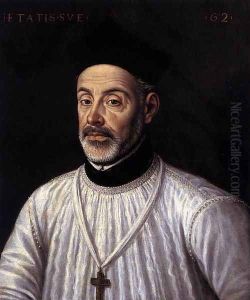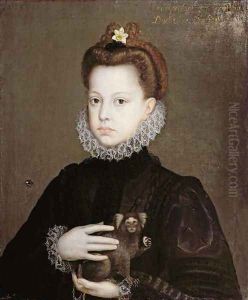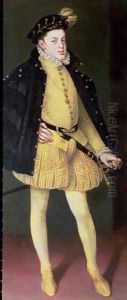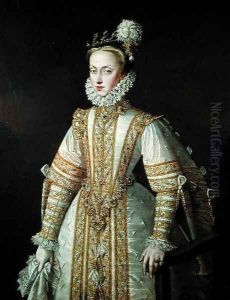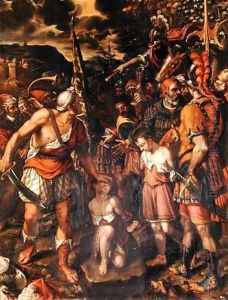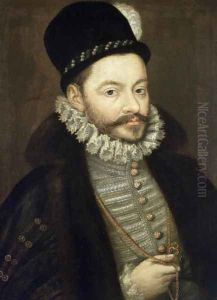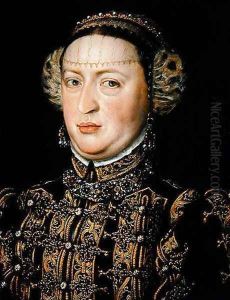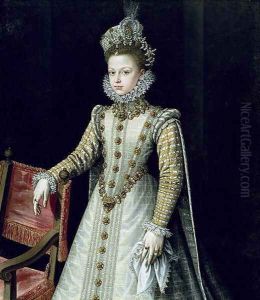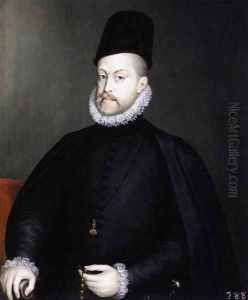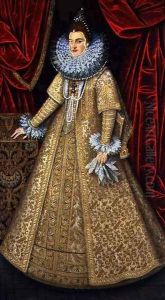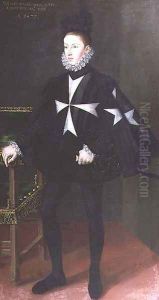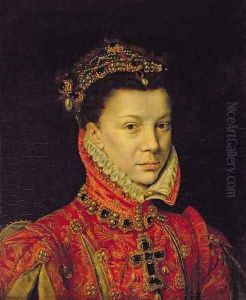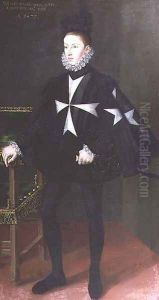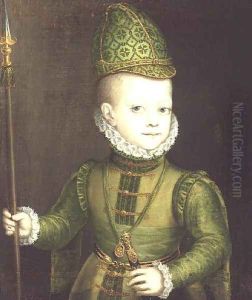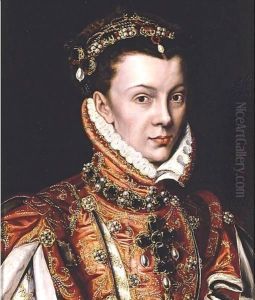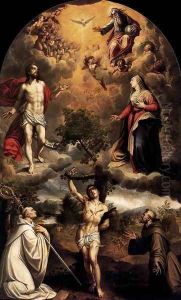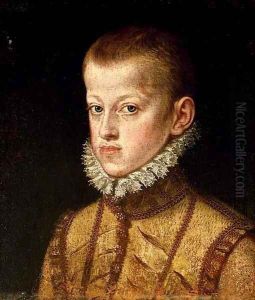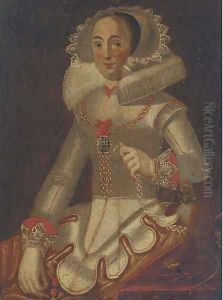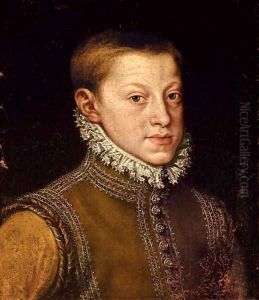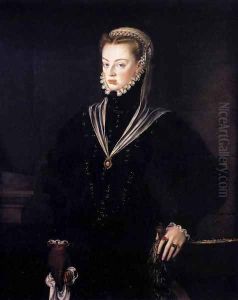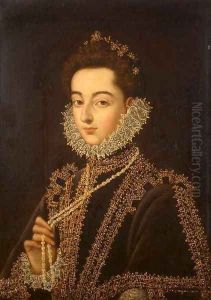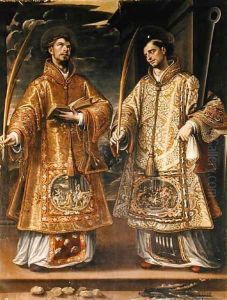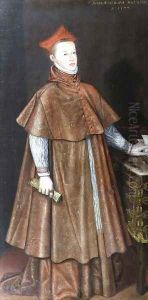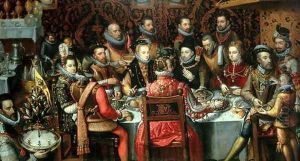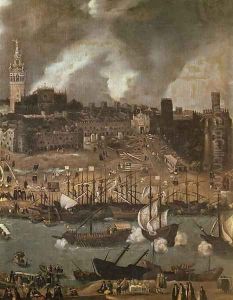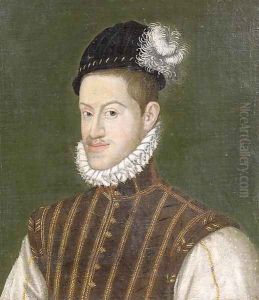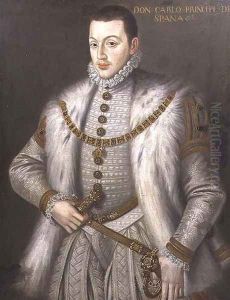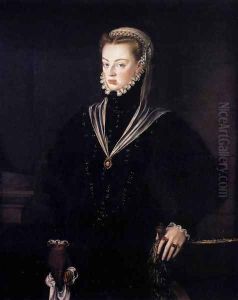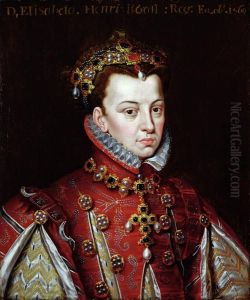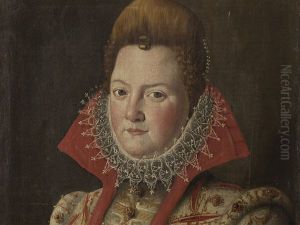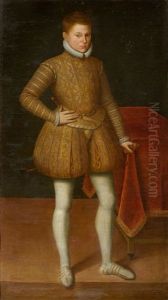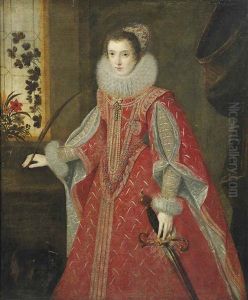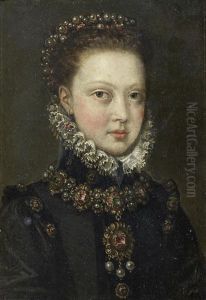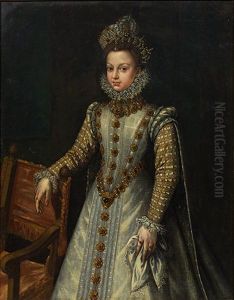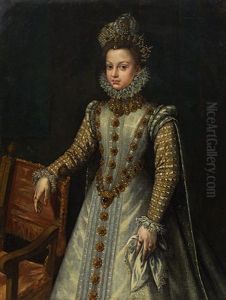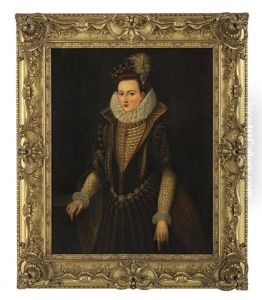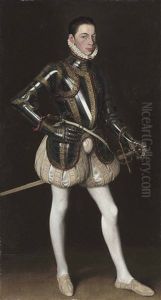Alonso Sanchez Coello Paintings
Alonso Sánchez Coello was a notable Spanish portrait painter of the Renaissance who is often considered among the pioneers of the Spanish portrait style in the late 16th century. Born in Benifairó de les Valls, near Valencia, in 1531, Coello showed an early interest in painting. His initial training is not well documented, but it is believed that he started his artistic education in his native Spain before moving to Portugal.
In Portugal, Coello worked in the court of King John III, where he likely came into contact with the royal portrait painter Antonio Moro, whose influence is evident in Coello's work. Coello's time in Portugal was a formative period, during which he honed his skills and established his reputation as a portraitist.
Coello returned to Spain and, by the 1550s, had entered the service of King Philip II. He became one of the king's favored painters, particularly known for his portraits of the royal family and the Spanish nobility. His position at court afforded him the opportunity to shape the visual representation of the Spanish monarchy, a significant responsibility given the importance of imagery in asserting royal authority and prestige during the Renaissance.
Coello's portraits are characterized by their attention to detail, particularly in the depiction of textiles and clothing, which were important status symbols at the time. He was also skilled in capturing the psychological depth of his subjects, a trait that made his work highly valued. His style combined a sense of realism with the elegance and formality expected in courtly portraits. Some of his most famous works include portraits of Infanta Isabel Clara Eugenia and Prince Don Carlos.
Despite his success as a portraitist, Coello also explored religious themes in his work, producing several notable altarpieces and devotional paintings. However, it is his portraiture that has left a lasting impact on the history of Spanish art.
Alonso Sánchez Coello's contributions to Spanish Renaissance art were significant, and he is remembered as a key figure in the development of Spanish portraiture. He passed away in Madrid on August 8, 1588. His legacy continued through his pupils, most notably Juan Pantoja de la Cruz, who became a court painter to Philip II's successor, Philip III.
